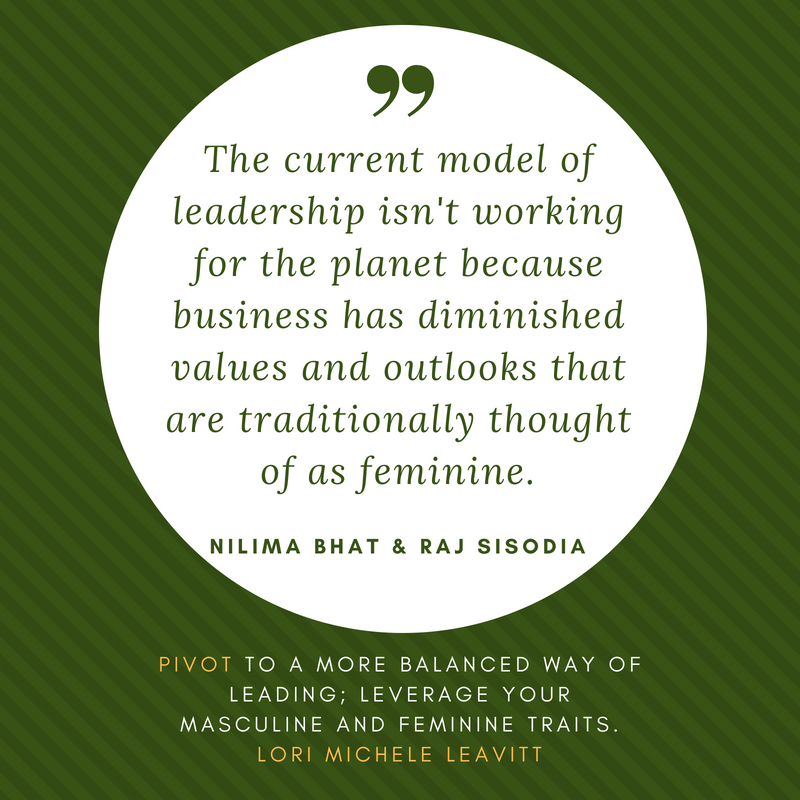
Pivot: From ___ To ___
Your state of mind may be blocking your momentum toward a better future.
Many business leaders were not prepared for an external threat that results in a forced shutdown or significant and sudden loss of customers. As a leader, what you do next can greatly influence your own well-being and that of so many more – in your workplace, suppliers and vendors, community, other stakeholders and beyond such as those who serve who you serve. It’s the ripple effect of your words and actions.
What you say and do is driven by what you believe, and by your mindset. While beliefs take some time to change, you can shift your mindset at any moment.
Continue reading “Momentum, Mindset, and the PPP”You are in complete control… of your mindset.






